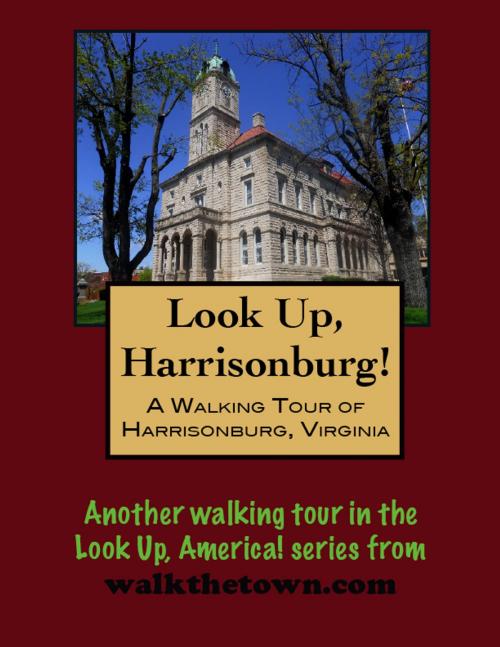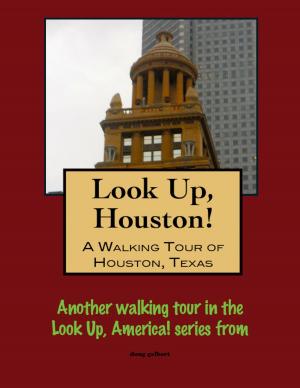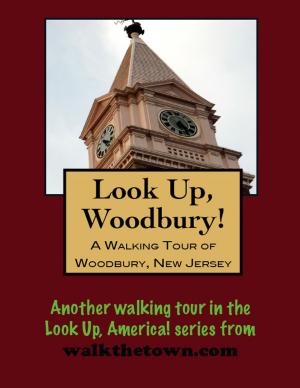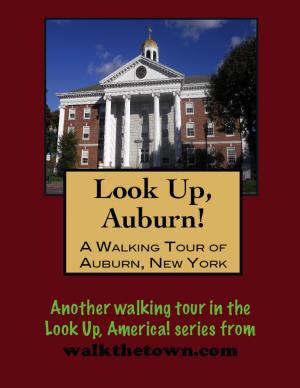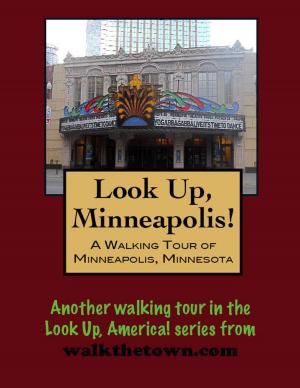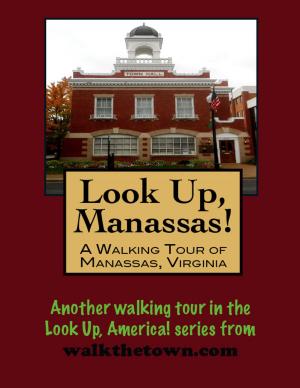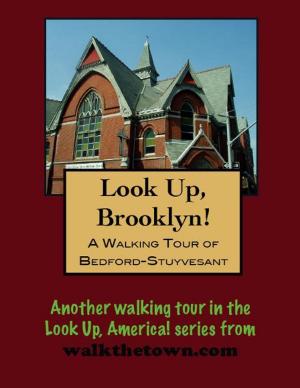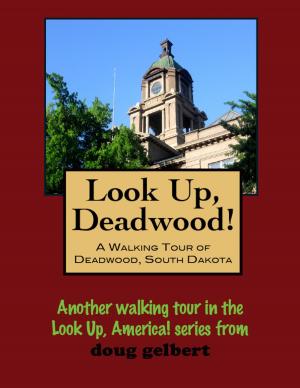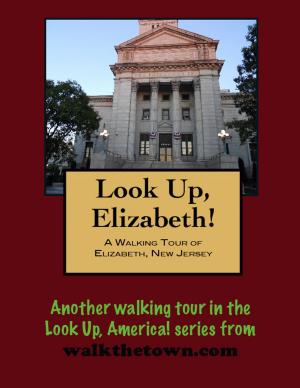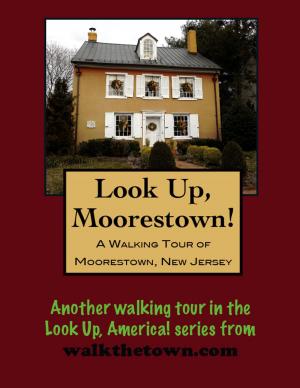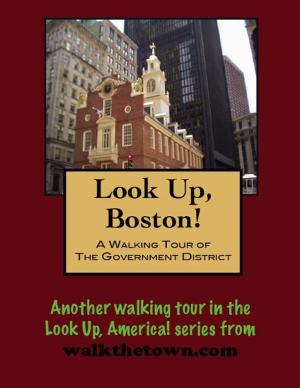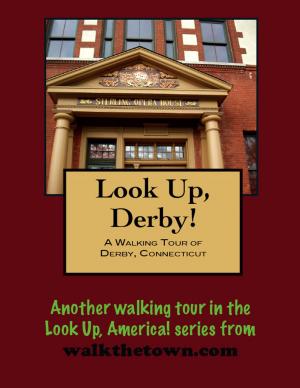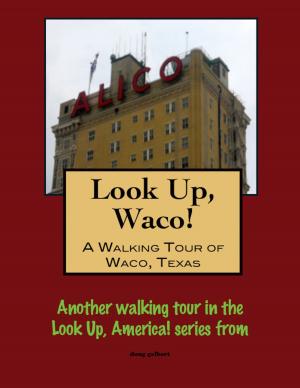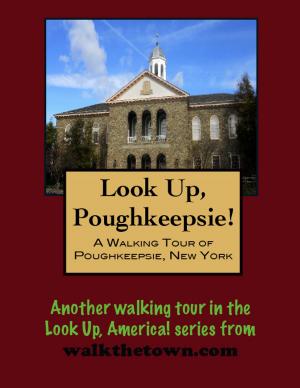| Author: | Doug Gelbert | ISBN: | 9781458185136 |
| Publisher: | Doug Gelbert | Publication: | May 8, 2011 |
| Imprint: | Smashwords Edition | Language: | English |
| Author: | Doug Gelbert |
| ISBN: | 9781458185136 |
| Publisher: | Doug Gelbert |
| Publication: | May 8, 2011 |
| Imprint: | Smashwords Edition |
| Language: | English |
There is no better way to see America than on foot. And there is no better way to appreciate what you are looking at than with a walking tour. Whether you are preparing for a road trip or just out to look at your own town in a new way, a downloadable walking tour is ready to explore when you are.
Each walking tour describes historical and architectural landmarks and provides pictures to help out when those pesky street addresses are missing. Every tour also includes a quick primer on identifying architectural styles seen on American streets.
Thomas Harrison staked his claim in the Shenandoah Valley in 1737 near where two traditional paths - the Indian Road and the Spotswood Trail - crossed. For the next forty years Harrison worked to expand his holdings in the valley and improve his estate. It wasn't until the Commonwealth of Virginia officially organized Rockingham County in 1778 that Harrison acted to develop his land as a town. He gave the new government two and a half-acres in 1779 for a courthouse and 50 more the next year as Harrisonburg was designated the county seat of Rockingham.
Harrison's sons continued to provide land and fuel the growth of the new town that became the economic and cultural hub of the valley. By 1850 Rockingham County was the largest producer of wheat and hay in the Commonwealth and most of that crop was processed and transported through Harrisonburg. Population was north of 1,000 making the town a metropolis in the county at that time.
If Harrisonburg was on Facebook during the Civil War it would have listed its relationship withe the Confederacy as "complicated." The town's representatives in Richmond had opposed secession and some of its leading citizens supported the Union. Early in the war General Thomas "Stonewall Jackson" passed through hauling Union railroad equipment that included an entire steam locomotive, that his troops had appropriated in a raid at Harpers Ferry. Later Philip Sheridan marched his Union troops down the Valley Road through town. It wasn't like Winchester to the north that changed hands 72 times during the fighting but the prospect that the departing side might someday return may have helped limit damage in town.
Harrisonburg has always been an enthusiastic participant in urban renewal - even before there was such a term. After a devastating Christmas day fire in 1870 the town rebuilt with many impressive Victorian structures. Shelf life on these buildings was scarcely 25 years - many, including a handsome new courthouse were replaced before the new century. The urban renewal movement of the 1960s and 1970s was more insidious - weary buildings were just as often replaced by parking lots as newer models. Visitors who stayed in fine Harrisonburg hotels at the turn of the 20th century would find none if they returned at the turn of the 21st century.
But some intriguing survivors remain and our walking tour of downtown Harrisonburg to find them will begin on that original patch of land given by Thomas Harrison more than 230 years ago to start a town...
There is no better way to see America than on foot. And there is no better way to appreciate what you are looking at than with a walking tour. Whether you are preparing for a road trip or just out to look at your own town in a new way, a downloadable walking tour is ready to explore when you are.
Each walking tour describes historical and architectural landmarks and provides pictures to help out when those pesky street addresses are missing. Every tour also includes a quick primer on identifying architectural styles seen on American streets.
Thomas Harrison staked his claim in the Shenandoah Valley in 1737 near where two traditional paths - the Indian Road and the Spotswood Trail - crossed. For the next forty years Harrison worked to expand his holdings in the valley and improve his estate. It wasn't until the Commonwealth of Virginia officially organized Rockingham County in 1778 that Harrison acted to develop his land as a town. He gave the new government two and a half-acres in 1779 for a courthouse and 50 more the next year as Harrisonburg was designated the county seat of Rockingham.
Harrison's sons continued to provide land and fuel the growth of the new town that became the economic and cultural hub of the valley. By 1850 Rockingham County was the largest producer of wheat and hay in the Commonwealth and most of that crop was processed and transported through Harrisonburg. Population was north of 1,000 making the town a metropolis in the county at that time.
If Harrisonburg was on Facebook during the Civil War it would have listed its relationship withe the Confederacy as "complicated." The town's representatives in Richmond had opposed secession and some of its leading citizens supported the Union. Early in the war General Thomas "Stonewall Jackson" passed through hauling Union railroad equipment that included an entire steam locomotive, that his troops had appropriated in a raid at Harpers Ferry. Later Philip Sheridan marched his Union troops down the Valley Road through town. It wasn't like Winchester to the north that changed hands 72 times during the fighting but the prospect that the departing side might someday return may have helped limit damage in town.
Harrisonburg has always been an enthusiastic participant in urban renewal - even before there was such a term. After a devastating Christmas day fire in 1870 the town rebuilt with many impressive Victorian structures. Shelf life on these buildings was scarcely 25 years - many, including a handsome new courthouse were replaced before the new century. The urban renewal movement of the 1960s and 1970s was more insidious - weary buildings were just as often replaced by parking lots as newer models. Visitors who stayed in fine Harrisonburg hotels at the turn of the 20th century would find none if they returned at the turn of the 21st century.
But some intriguing survivors remain and our walking tour of downtown Harrisonburg to find them will begin on that original patch of land given by Thomas Harrison more than 230 years ago to start a town...
